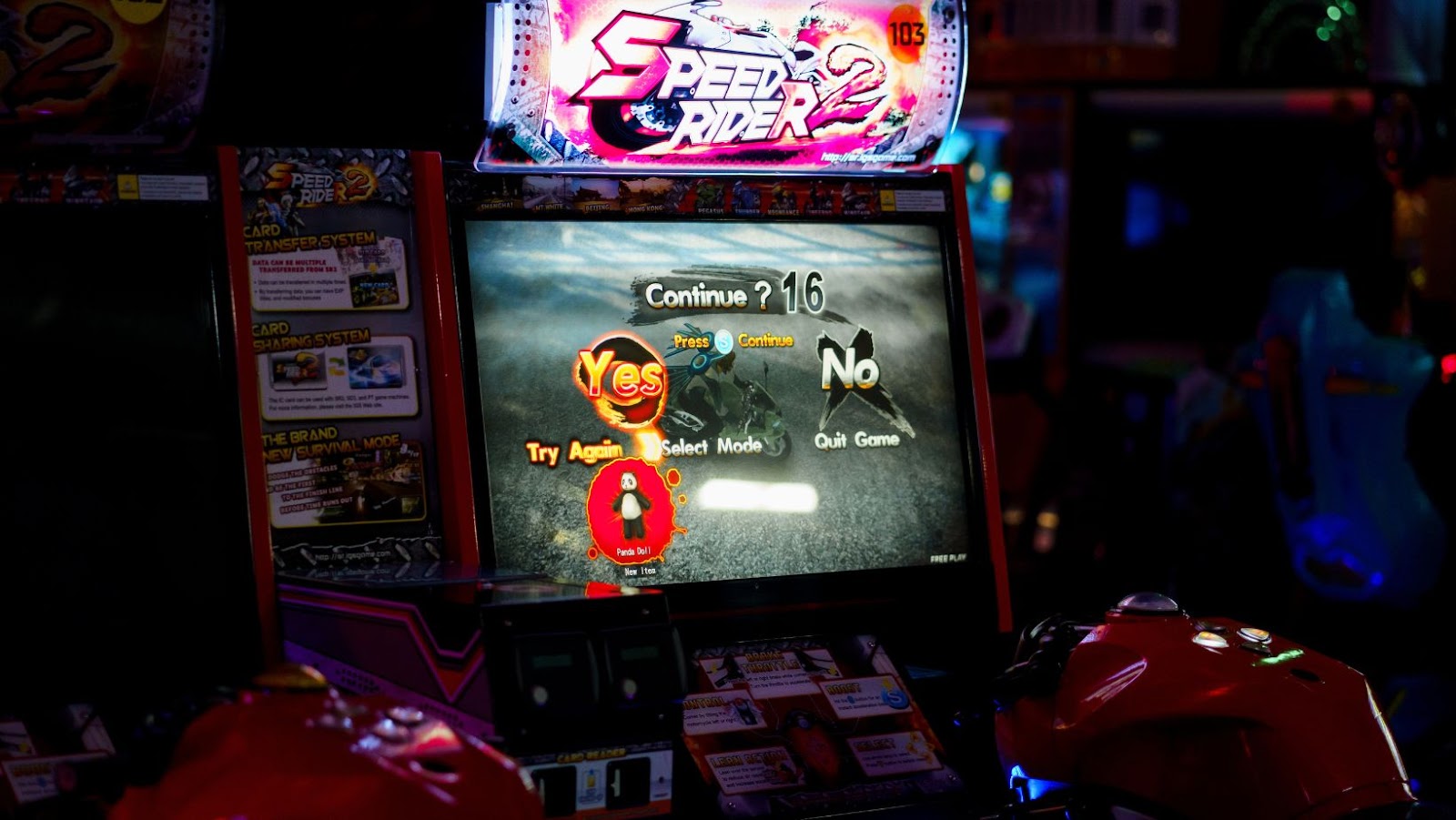 What is Good Latency for Gaming
What is Good Latency for Gaming
Latency, often referred to as ‘ping’, is the time it takes for information to travel from your gaming device to the game server and back. It’s measured in milliseconds (ms), and in gaming, lower is always better. But how low should it be for an optimal gaming experience? That’s what we’ll explore in this article. So, let’s gear up and delve into the intricate world of gaming latency.
Latency in online gaming isn’t just a technical term. It plays a vital role in the overall gaming experience. Optimal latency, often measured in milliseconds (ms), ensures seamless gameplay and fair competition. Astoundingly, a difference of even a few milliseconds can give competitive players an edge in gameplay, proving the significance of low latency in online gaming.
What is Good Latency for Gaming? Latency impacts every aspect of gameplay. When it’s significantly high, players encounter a range of issues, such as lag and jitter. These nuisances manifest as character glitches or delayed responses, often disrupting the gameplay. Moreover, high latency leads to what gamers dread most – lagging during crucial moments of gameplay. This disruption can especially be detrimental in competitive, fast-paced games where each fraction of a second counts. Thus, latency has a direct correlation to a gamer’s performance – the lower it is, the better the gaming experience.
 Good Latency vs Bad Latency
Good Latency vs Bad Latency
What is Good Latency for Gaming? In the gaming arena, distinctions in latency contribute to the division between gratifying gameplay and exasperating experiences. It’s paramount to comprehend the distinct ranges of latency and how they influence the gameplay.
Latency ranges categorize the bandwidth efficiency in gaming. As previously detailed, latency gets measured in milliseconds (ms). In gaming terms, any value below 20ms is seen as excellent latency. Between 20-100ms, latency is still good and generally won’t disturb gameplay significantly. It’s in the range of 100-200ms where gamers begin to witness clear delay issues, while anything above 200ms is regarded as bad latency and paves the way for disruptive gameplay.
Low latency, registering under 20ms, is a gamer’s utopia. It invariably enables smooth, uninterrupted gaming sessions, eliminating frustrating game delays. In contrast, high latency, anything beyond 200ms, leads to issues such as lag and jitter. These detrimental effects disrupt gameplay, causing an unfortunate loss of synchronization between the player’s actions and the game’s response. This misalignment, traceable to high latency, is particularly disruptive in intense, fast-paced games where reaction time and swift decision-making are key to victory.
 Factors that Influence Gaming Latency
Factors that Influence Gaming Latency
What is Good Latency for Gaming? Gaming latency, crucial for a smooth gaming experience, hinges on several key factors. Delve deeper to understand the mechanics that drive this phenomenon.
The quality of the internet connection plays a paramount role in determining gaming latency. Fasternet, for example, facilitates quicker data travel, reducing latency. Contrarily, wireless connections such as Wi-Fi or mobile data tend to increase latency due to unstable signals and data loss. Moreover, the amount of internet traffic also matters; peak usage times may throttle connection speed, causing higher latency.
Geographical distance between the server and the gamer’s device significantly impacts gaming latency. The farther the server is located, the more time data takes to make the round trip, leading to high latency. Dedicated online gaming servers, such as those provided by leading eSports companies, are strategically placed worldwide to ensure minimal distance to gamers and thus lower latency.
The quality and specifications of hardware contribute to gaming latency. Gaming devices equipped with powerful processors, like the Intel Core i9 or AMD Ryzen 9, can process data much faster, ensuring low latency. Outdated or weak hardware may not process game data quickly, resulting in higher latency.
Software, too, plays its part. Games optimized for performance and updated operating systems help minimize system-related delays, contributing to reduced latency. Conversely, software background processes or running multiple applications can consume system resources, potentially increasing latency.
By tweaking the aforementioned factors, gamers can optimize their latency for a better gaming experience. These are by no means exhaustive, but they serve as an immediate interface for gamers seeking to appreciate and navigate the intricacies of gaming latency.